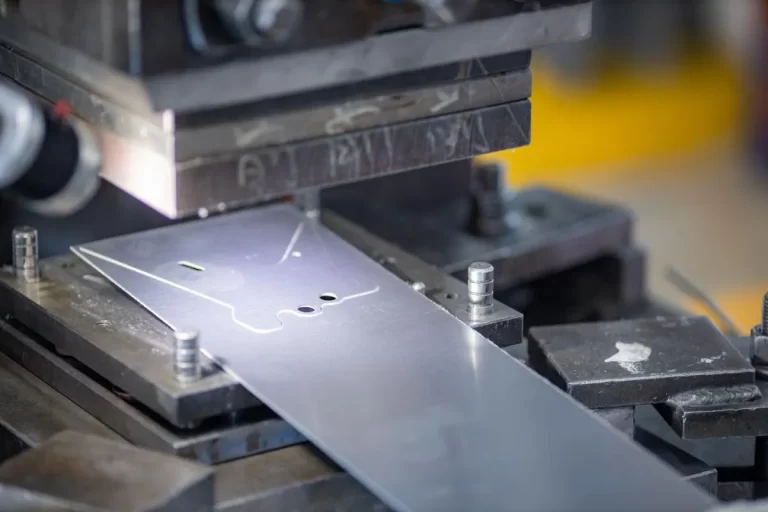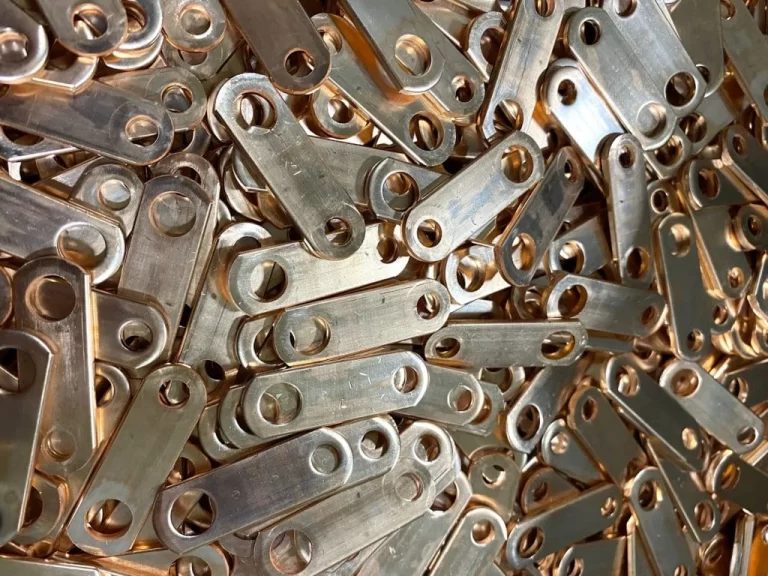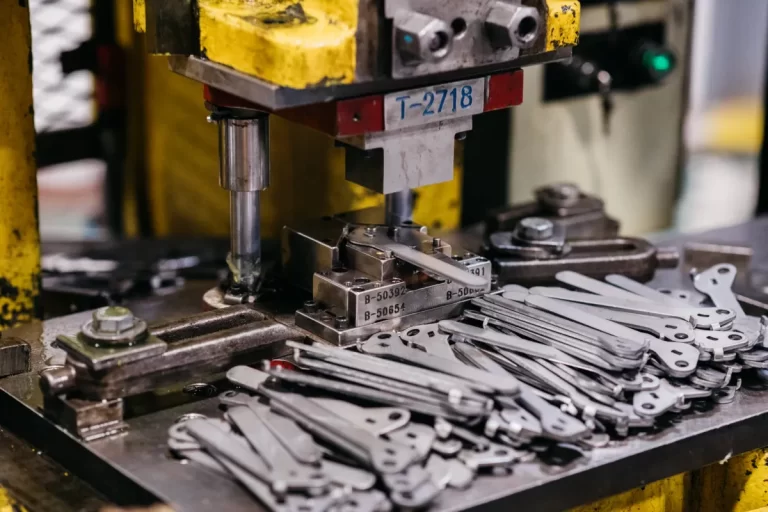Power Drills: Your Ultimate Tool for Any Project
A power drill is one of the most versatile tools available, perfect for DIY enthusiasts and professionals alike. Whether you’re drilling holes, driving screws, or working on heavy construction, power drills provide the efficiency and precision needed for a wide range of tasks. In this guide, we’ll cover the different types of power drills, how to choose the right one, and their importance in geotextile-related projects.

What is a power drill?
A power drill is a handheld tool powered by either electricity or batteries. It uses a rotating bit to bore holes in materials such as wood, metal, and plastic, or to drive screws. Many modern power drills include adjustable speed and torque settings, making them suitable for a variety of tasks. Some drills also come with a hammering action, which helps with tougher materials like concrete.
Types of power drills
Here are the most common types of power drills:
- Corded Drill: These drills plug into an electric outlet, offering consistent power for heavy-duty tasks.
- Cordless Drill: Battery-powered and portable, cordless drills are great for mobility and quick, small jobs.
- Hammer Drill: Adds a hammering action to the drill’s rotation, ideal for tougher materials like stone and brick.
- Impact Driver: This tool is primarily used for driving screws and offers extra torque for tightening bolts.
Each type of drill is suited to different tasks, making it important to choose the right one based on your project.
Choosing the right power drill
When selecting a power drill, consider the following:
- Material: A hammer drill is needed for masonry, while a cordless drill works well for wood and lighter materials.
- Power Source: Corded drills offer more power but limit mobility, while cordless drills provide flexibility.
- Settings: Drills with adjustable speed and torque are more versatile for a range of tasks.
- Battery Life: For cordless drills, ensure the battery can last through your project without needing frequent recharging.
Power drills also play a key role in construction projects involving geotextiles, helping to secure fabric with anchors and stakes efficiently.
Maintaining your power drill
To ensure your drill lasts long and works efficiently:
- Clean after use: Wipe off dust and clean the drill bit after each use.
- Lubricate: Regular lubrication of moving parts prevents wear and tear.
- Battery care: Charge the battery properly and avoid overcharging.
- Storage: Keep the drill in a dry, cool place to prevent rust and electrical damage.
Power drills are essential tools for various projects, including those involving geotextiles for ground stabilization and erosion control. With proper maintenance, they can last for many years.



